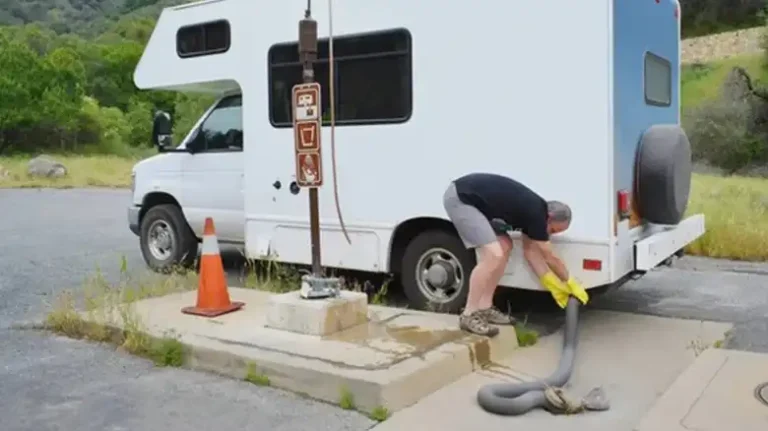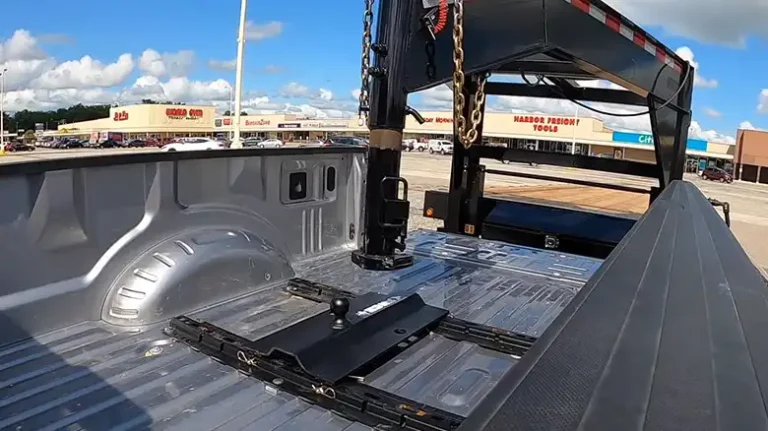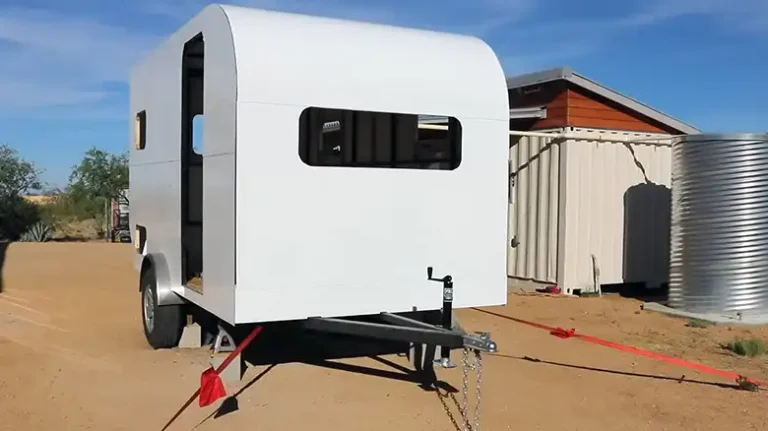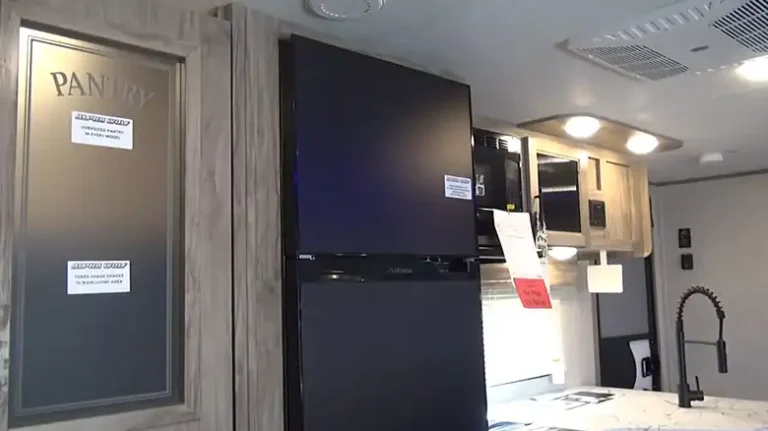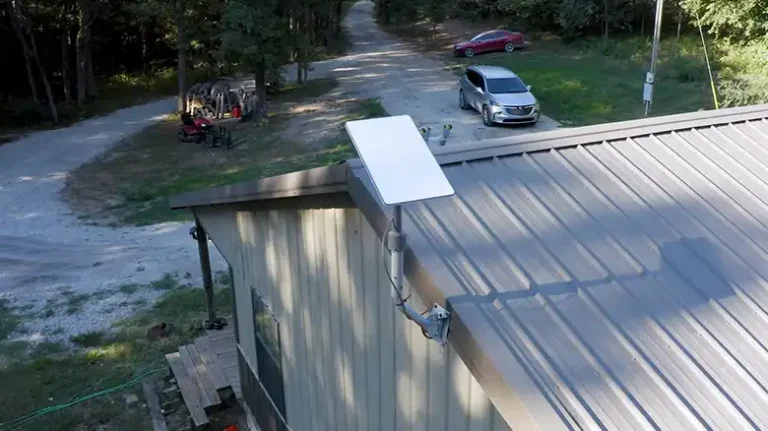How to Lift Travel Trailer Off Ground? Things You Need to Know
Hey fellow road warriors! If you’re anything like me, the thrill of hitting the open road with your trusty travel trailer is unbeatable. But let’s face it, we’ve all been there – the moment when you need to lift your travel trailer off the ground. In this case, I’m here to share some nuggets of wisdom from my experiences on how to lift your trailer like a seasoned adventurer.
Lifting a travel trailer can seem intimidating at first. But it’s a necessary skill for any RV owner needing to access the underbelly, change tires, or perform repairs. As a long-time trailer enthusiast, I’ve learned the safe way to get even heavy rigs off the ground.
Simply put, you’ve to choose lifting methods among electric, manual, or hydraulic jacks, level smoothly with electric or manual systems, stabilize with jacks and blocks, and ensure safety first. Consider a hydraulic boost or lift kit for that extra oomph. Now, let’s begin!
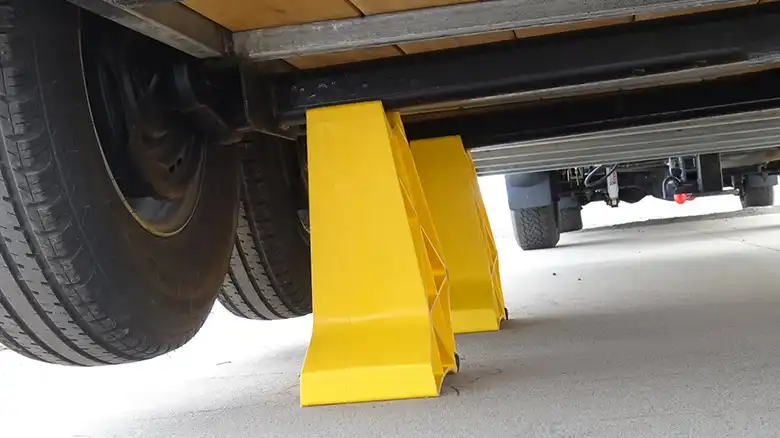
Ensure the Built-In Jack
First of all, you need to figure out the built-in jacks that come with your RV. Most travel trailers have four stabilizer jacks located at the four corners that are designed to keep the trailer from bouncing while occupied. You’ll also find two more robust scissor jacks or drop leg jacks at the tongues. These are rated for lifting significant weight. Consult your owner’s manual for the jacking points, weight capacities, and operation.
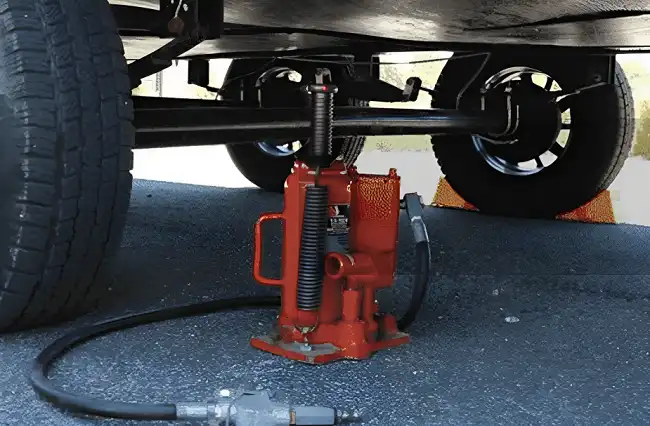
Source: thecampingadvisor
Lifting Safely
With the trailer parked on level ground, the next step is to chock the wheels and disconnect any attachments. This prevents shifting while lifted. Now carefully operate your trailer jacks to begin raising the frame. Crank them evenly and only high enough to fit jack stands, usually no more than a foot. At this point, solid jack stands should be positioned underneath for safety. I prefer the screw-type stands because they don’t slip like the ratchet design.
If more lift height is needed, RV leveling blocks are extremely useful for adding inches quickly. Stack and configure them under the jack stand’s base until the desired height is reached. I also like keeping a set of durable trailer ramps on hand. These allow me to conveniently drive the trailer onto the ramps without jacking. They provide the clearance needed for many repairs.
Lifting the Tongue
For major lifting jobs, a bottle jack or horizontal floor jack is a must-have. I keep a 12-ton hydraulic jack that makes quick work of hitching by easily raising the trailer tongue. Use your leveling blocks under the jack’s saddle to fine-tune the position. A good trailer dolly also rolls under the front to allow you to maneuver the elevated trailer with ease.
Securing the Lifted Trailer
Once raised, it’s critically important to stabilize the trailer properly before going underneath or detaching. I use temporary support posts customized to my trailer’s frame that hold thousands of pounds. Heavy-duty jack stands must remain in place, even with supports installed, in case of failure.
Safety Gear for Peace of Mind
Finally, excellent safety gear gives me peace of mind when lying under tons of lifted trailers. My go-to kit includes jack stand safety pins, redundant blocks for fall protection, and wheel chocks at every wheel. I also rely on crushed stone pads under jacks and stands to prevent sinking. A long-sleeve shirt, gloves, and eye protection defend against dirt and rust.
What to Consider While Lifting the Trailer?
When raising a travel trailer off the ground, there are several key factors to think through before jacking up your home away from home. From assessing the load capacity of your jacks and the stability of the ground to utilizing proper support stands and lifting slowly, you’ll want to carefully distribute weight and secure the trailer. It’s also essential to disconnect attachments, and chock wheels, and equip yourself with the right safety gear for the job.
A good dose of patience paired with methodical jack operation and securing measures will see you through safely. Most of all, review the manufacturer’s instructions, follow common sense, and don’t hesitate to get an extra pair of hands if in doubt. Taking a thoughtful approach ensures a sound lift so you can get to those needed repairs.
Pros and Cons of Lifting a Travel Trailer
You’ve already explored many aspects of lifting a travel trailer. Now it’s time to check out the pros and cons of doing so!
Pros of Lifting a Travel Trailer
- Allows access to the underbelly of the trailer for inspections, repairs, or maintenance. This includes things like the axles, frame, plumbing lines, tanks, etc.
- Makes it possible to change tires or perform wheel maintenance. Jacks allow you to get the wheels off the ground.
- Lifting the tongue with a jack lets you hitch/unhitch the trailer from the tow vehicle more easily.
- Leveling uneven or angled sites is easier when you can raise one side of the trailer.
- Hydraulic jacks and lift kits allow you to lift heavy trailers beyond what manual jacks can handle.
Cons of Lifting a Travel Trailer
- Improper lifting risks damage to the frame, axles, or internal components if weight is not distributed properly with jack stands.
- Sudden collapse or slipping of jacks/stands can cause injury if under the trailer when not properly secured.
- Lifted trailers can shift or tip if not steadied on firm, level ground and chocked properly.
- Hydraulic jacks require maintenance and can leak, losing lifting capacity over time.
- Additional equipment like jack stands, wheel chocks, blocks, etc. add cost for RV owners.
- Manual crank jacks require physical effort to operate up and down repeatedly.
- Bottle jacks used for lifting the tongue can be unstable if the saddle is not positioned correctly.
- Lifted trailers are vulnerable to strong winds and must be tied down/secured when lifted off the ground.
So, it can be said that lifting travel trailers allows necessary access but must be done cautiously with the right gear to distribute weight and secure the trailer properly. Safety measures like jack stands and wheel chocks are a must.
The Road Awaits!
Following these lifting fundamentals allows me to get the job done safely. Don’t take chances with improvised methods. Invest in the proper gear, use jacks and supports to distribute weight, and take every safety precaution. Your trailer will give you many more years of happy camping if you stay safe while working on those projects. Let me know if you need any lifting advice – I’m always happy to chat trailers! Let me know if you have any other questions!


